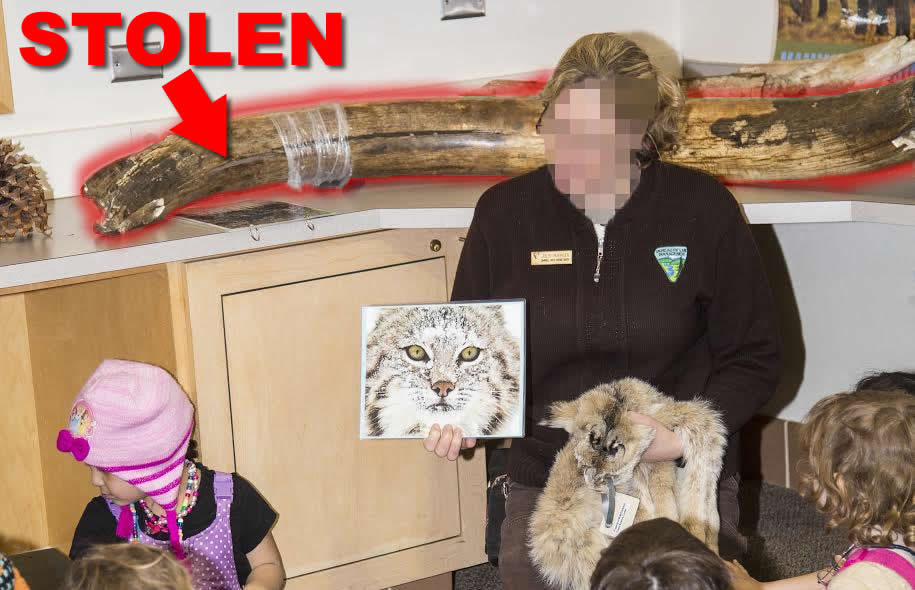Related Content
Related Stories
- Progress on Public Lands: BLM 2025 Trump Administration Accomplishments | January 20 - December 31, 2025
- Popular posts: BLM's most viewed blogs of 2025
- “Where did my horse come from?” BLM launches a new way for adopters, trainers and others to learn about their wild horses and burros
- Lake Havasu Fisheries Improvement Program is the gift that keeps giving
- BLM is thankful for public lands volunteers
Office
1387 South Vinnell Way
Boise, ID 83709
United States

 On April 11, 2019, Martin Thornley Elze, 52, of Anchorage,
On April 11, 2019, Martin Thornley Elze, 52, of Anchorage,